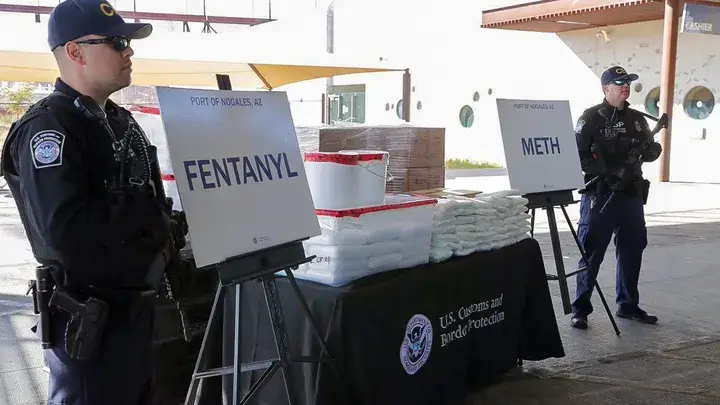What Next For The Nation’s Fentanyl Crisis?

The fentanyl crisis in the United States has been devastating, with a sharp rise in overdoses and deaths in recent years. It’s caused pain for families across the country, and state governments are struggling to control it.
The synthetic opioid is 50-100 times more potent than morphine, making it highly addictive and deadly. A large problem that is occurring is that it is often being mixed with other substances such as heroin or cocaine, making it even more dangerous and increasing the number of deaths, as well as people suffering with opiate addiction. As the crisis continues to escalate, it raises the question of what can be done to address the issue and prevent further harm.
The naloxone approach
One approach that has been taken is increasing access to overdose-reversing drugs, such as naloxone. Naloxone is a medication that can quickly reverse the effects of an opioid overdose, and it has been credited with saving thousands of lives. Many states have implemented programs to make naloxone more readily available to first responders, healthcare providers, and the public. However, access to naloxone is not a cure for the fentanyl crisis, and more needs to be done to prevent overdoses in the first place.
Cutting it off at the source
Cracking down on the illicit production and distribution of fentanyl is being seen as one of the main steps to move forward with the crisis. The drug is often produced in clandestine labs in China and other countries, then smuggled into the United States through various means. Law enforcement agencies have made efforts to disrupt the supply chain, intercept shipments of fentanyl, and arrest those involved in its production and distribution. However, this approach is complicated by the fact that fentanyl is often mixed with other substances and sold through illicit channels, making it difficult to track and control.
Education around fentanyl
Prevention efforts are also critical in addressing the fentanyl crisis. One approach that has been taken is to educate the public about the dangers of fentanyl and the importance of safe drug use practices. Harm reduction strategies such as providing clean needles and syringes, drug checking services, and safe injection sites have been implemented in some areas to reduce the risk of overdose and disease transmission. However, these approaches have been met with controversy and resistance in some communities.
Improving access to treatment
Ttreatment for opioid use disorder is an essential component of addressing the fentanyl crisis, but it is proven to be lacking in certain areas, particularly those that are more deprived. Medication-assisted treatment (MAT) is a proven approach that combines medications such as methadone or buprenorphine with counseling and behavioral therapies. MAT has been shown to reduce overdose deaths, improve retention in treatment, and reduce criminal activity. However, access to MAT is limited in some areas, and stigma and misinformation about the treatment have hindered its widespread adoption.
However, more is needed to be done to ensure that everyone who is struggling has some form of access to treatment.
Addressing the underlying factors that contribute to drug addiction, such as poverty, trauma, and mental health issues, is critical in preventing and treating opioid use disorder. Investment in social services, healthcare, and education can help address the root causes of addiction and reduce the demand for drugs such as fentanyl.
More needs to be done…
The fentanyl crisis in the United States is a complex issue that requires a multifaceted approach over the next few years. Joe Biden has been putting things in place to try and solve the crisis, but it’s going to take a wealth of experience, knowledge and programmes to try and not only cut the supply off, but ensure that the dangers are well known and people are getting the help they need.
